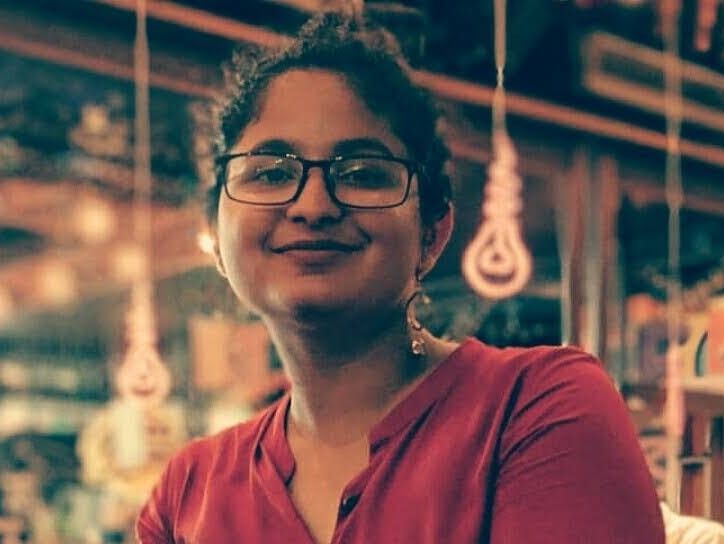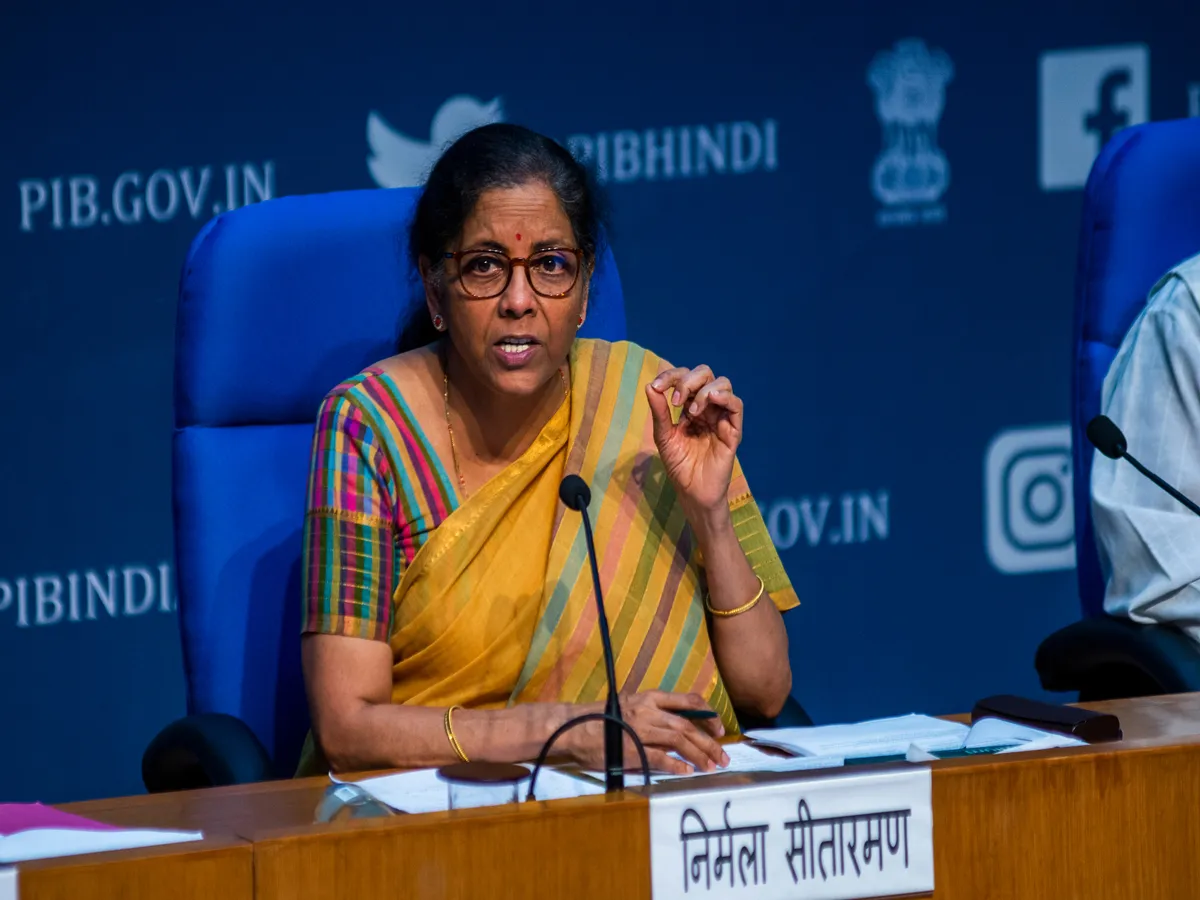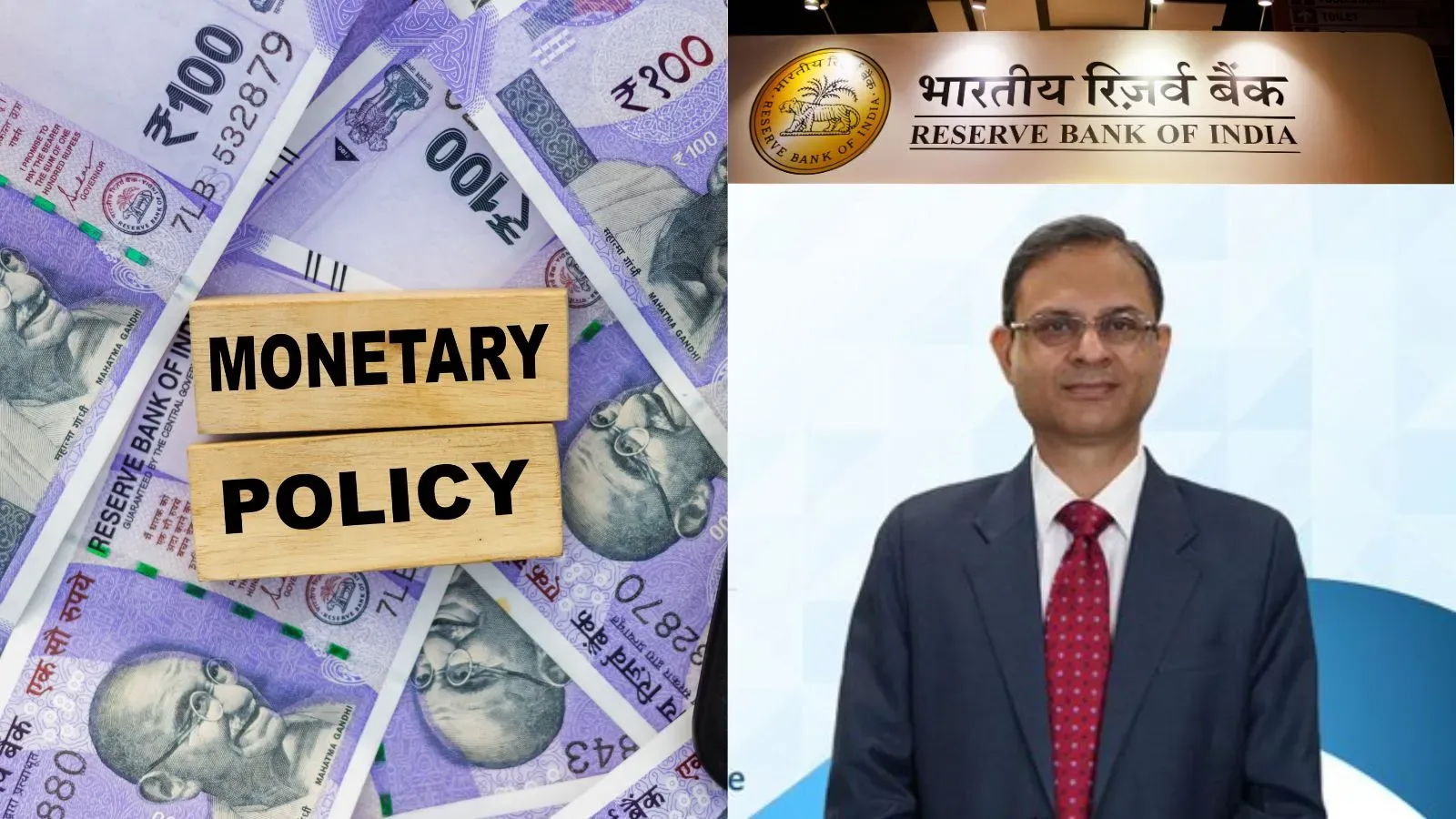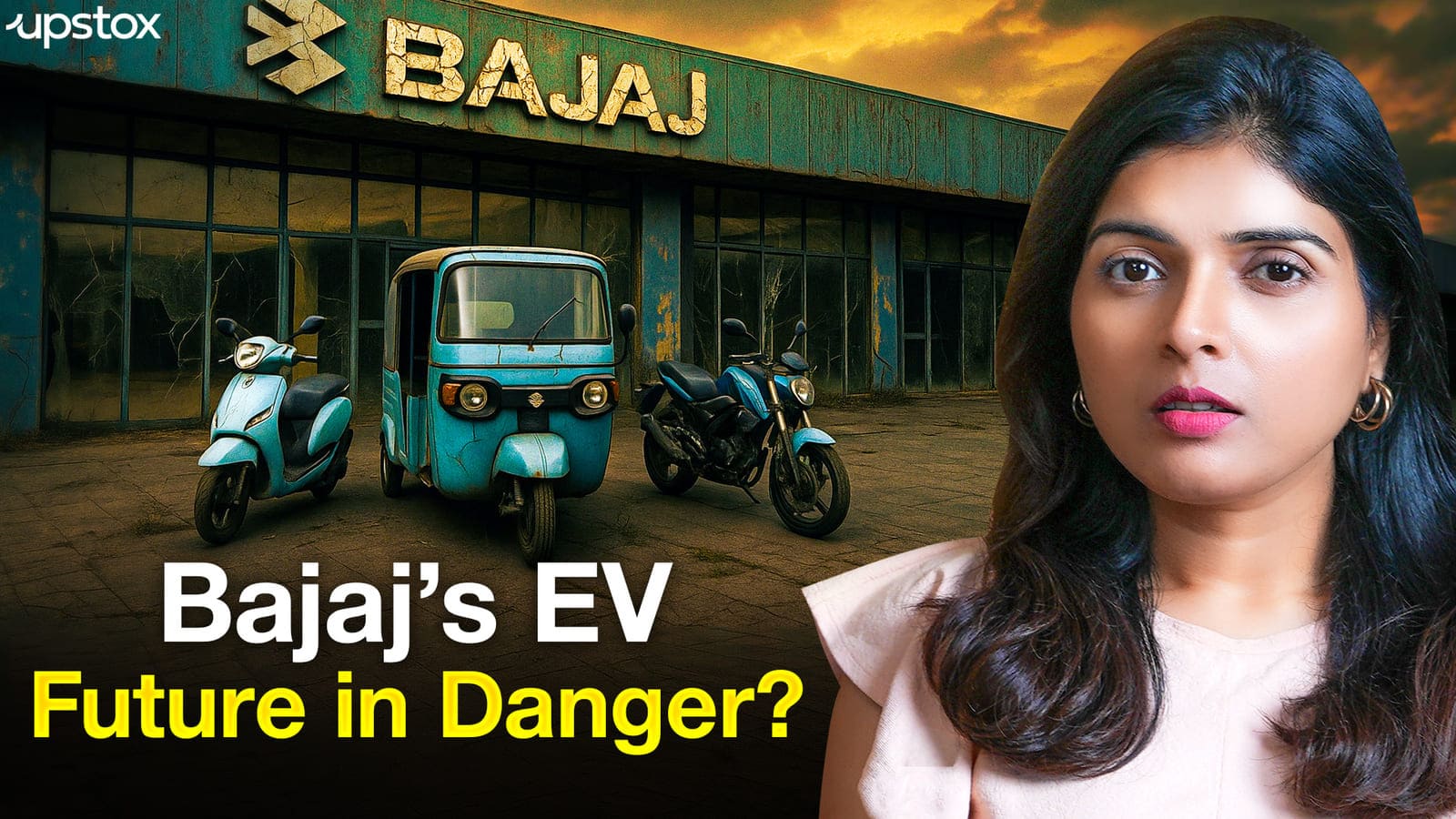Business News
What PM Narendra Modi and FM Nirmala Sitharaman said about ‘Viksit Bharat’: Budget 2024

4 min read | Updated on July 22, 2024, 11:43 IST
SUMMARY
The upcoming Budget may see policies supporting the government's vision of a ‘Viksit Bharat’ by 2047. There is a proposed provision of ₹75,000 crore for a 50-year interest-free loan to state governments under the vision. Budget 2024 is expected to provide a boost to various sectors, industries, and state governments.

The government will form a “high-powered” committee for an extensive consideration of the challenges arising due to rapid population growth and demographic changes.
In her interim budget speech on February 1, 2024, the Finance Minister Nirmala Sitharaman presented the vision of a ‘Viksit Bharat’ by 2047, which would act as a signpost for India’s economic trajectory if the BJP were to be re-elected in the then upcoming Lok-Sabha elections.
With the NDA winning the general elections, Nirmala Sitharaman will become the first Finance Minister to present the seventh consecutive budget on July 23.
On Thursday, July 18, Prime Minister Narendra Modi had a meeting with BJP party workers. Although the media wasn’t officially briefed about the interaction, the New Indian Express reported that the PM thanked the workers and office employees, and asked them to continue serving the nation and the party with the spirit of “nation first” and for the realisation of ‘Viksit Bharat’ by 2047.
With expectations and anticipations pouring in from all sectors, industries, and state governments, Viksit Bharat at 2047 may play a major role in the 2024 Budget.
What is Viksit Bharat by 2047?
Viksit translates to developed. Thus, Viksit Bharat is the vision for a developed India by 2047, which will also mark India’s 100th year since independence.
Viksit Bharat aims to act as a road map to achieve all-round, all-pervasive and all-inclusive development for people at all levels.
Viksit Bharat or developed India by 2047 is a goal that is simultaneous to the aim of improving people’s capabilities and empowering them, the FM had said during her interim budget speech.
The vision for Viksit Bharat was stated by the FM as that of a “prosperous Bharat in harmony with nature, with modern infrastructure, and providing opportunities for all citizens and all regions to reach their potential”.
Reforms
The FM had proposed a provision of ₹75,000 crore as 50-year interest-free loans to support milestone-linked reforms, in tune with the vision of Viksit Bharat, by the state governments.
As per FM Nirmala Sitharaman, the government will form a “high-powered” committee for an extensive consideration of the challenges arising due to rapid population growth and demographic changes. The committee will make suggestions for addressing these challenges extensively in relation to the goal of Viksit Bharat.
“In the full budget in July, our Government will present a detailed roadmap for our pursuit of ‘Viksit Bharat’,” the FM had said on February 1.
Therefore, Budget 2024 is expected to have provisions for reforms under the vision and goals of Viksit Bharat.
What are the criteria that define a developed nation?
As the vision of ‘Viksit Bharat’ aims to make India a developed nation by 2047, it is imperative to understand the make-up of a developed country.
Although there is no established numeric criteria for determining what constitutes a developed nation, as per the International Monetary Fund (IMF), a country is considered developed when it has achieved high per capita income level, a high degree of export diversification, and a significant degree of integration into the global financial system.
A developed country is also referred to as an advanced, industrialised, or high-income country.
The main criteria used by the World Economic Outlook (WEO), which is a database published by the IMF, to classify the world into advanced, emerging market and developing economies are as follows:
-
Per capita income level,
-
Export diversification—so oil exporters that have high per capita GDP would not make the advanced classification because around 70% of its exports are oil, and
-
Degree of integration into the global financial system
The IMF notes that these are not the only criterias for deciding the classification of nations. As it says in the WEO Statistical Appendix, "this classification is not based on strict criteria, economic or otherwise, and it has evolved over time. The objective is to facilitate analysis by providing a reasonably meaningful method of organising data."
The IMF, on Tuesday, July 16, raised India’s growth forecast to 7%. It also maintained India's status as the fastest-growing among emerging markets and developing economies.
By signing up you agree to Upstox’s Terms & Conditions
About The Author
Next Story

